Disclosure: This article contains affiliate links. We may earn a commission from purchases at no extra cost to you, which helps our travel content.
After decades of tracking down missing persons across America, I've developed a knack for finding things others overlook. Perhaps that's why Okinawa's hidden beaches called to me—these pristine stretches of sand scattered across Japan's southernmost prefecture remain surprisingly undiscovered by mass tourism. Unlike mainland Japan with its neon cityscapes and ancient temples, Okinawa offers a different kind of Japanese experience: turquoise waters, coral reefs, and a distinct island culture that feels more tropical than traditional. Having visited Japan numerous times over the years, I finally decided to dedicate a full week to island-hopping through this archipelago that locals call the 'Japanese Hawaii.'
Planning Your Okinawa Island-Hopping Adventure
Okinawa Prefecture comprises over 150 islands spanning 700 miles, making strategic planning essential. My investigative instincts told me to base myself in Naha on the main island (Okinawa Honto) for the first three nights before island-hopping to more remote locations.
For transportation between islands, the ferry system is comprehensive but requires advance planning. I downloaded the Japan Transit Planner which proved invaluable for checking ferry schedules that often change with seasons and weather conditions. For the main island, I recommend renting a car—public transportation exists but is limited outside urban areas.
Accommodation ranges from international resorts to family-run minshuku (Japanese B&Bs). I opted for mid-range hotels with ocean views, averaging ¥12,000-18,000 per night. The quick-dry beach towel I packed saved precious luggage space and dried rapidly between island jaunts—essential when beach-hopping daily.
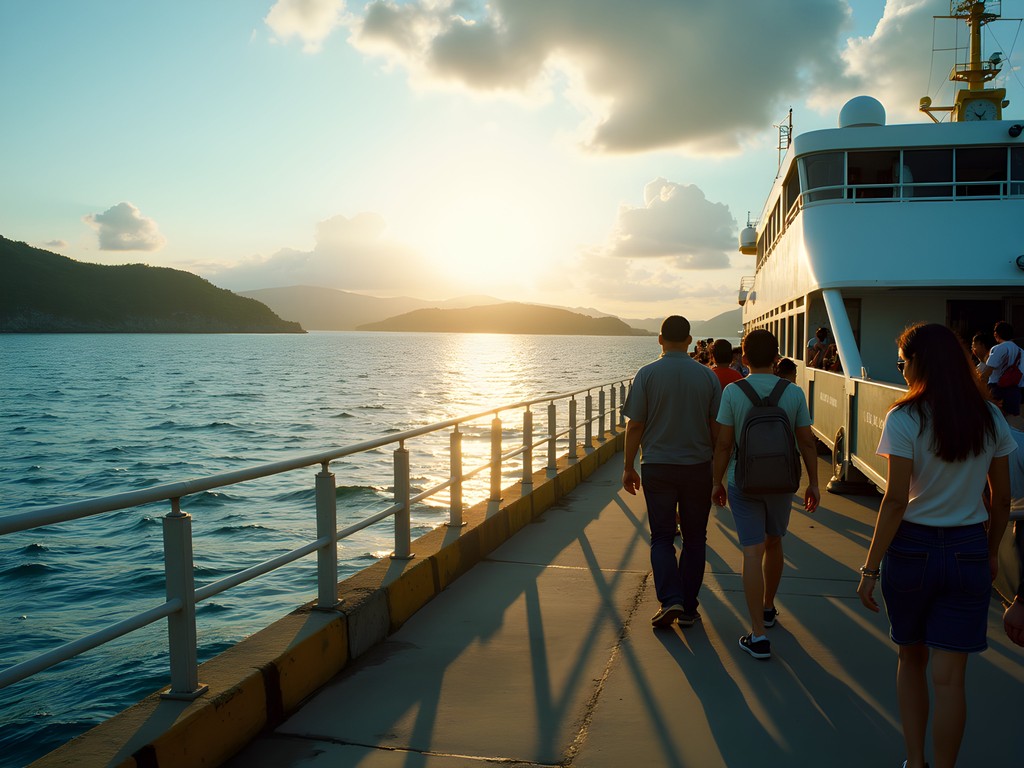
💡 Pro Tips
- Book ferries at least one day in advance during summer season
- Consider the JR Okinawa Rail Pass if you'll be using trains on the main island
- Many smaller islands have limited or no ATMs—bring sufficient cash
Okinawa Honto: Beyond the Tourist Beaches
The main island offers more than the popular Manza and Emerald beaches that crowd travel brochures. My investigation led me to Odo Beach on the southern tip—a local secret with shallow, crystal-clear waters perfect for snorkeling. The beach's unique feature is its natural limestone formations creating tidal pools teeming with marine life.
Even more secluded is Hatenohama Beach on the eastern coast. You'll need to navigate some unmarked roads (reminiscent of tracking down reluctant witnesses in my former career), but the reward is a 7-kilometer stretch of white sand with rarely more than a handful of visitors. I spent an entire afternoon here watching hermit crabs navigate the shoreline while fishing boats dotted the horizon.
For sunset enthusiasts, Sunset Beach in the northwest lives up to its name, but I preferred the less-visited Ou Beach nearby. The western exposure creates spectacular golden hour conditions that had me reaching for my polarizing filter to capture the vibrant colors without glare from the water.
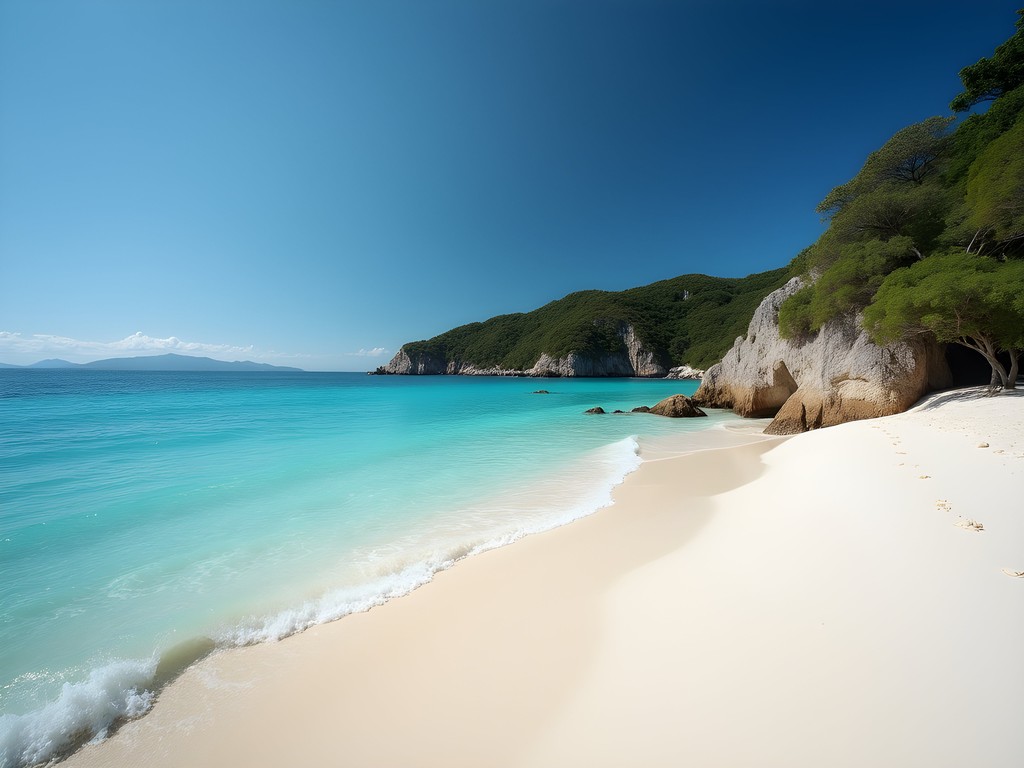
💡 Pro Tips
- Visit Odo Beach at low tide for the best tidal pool exploration
- Bring your own supplies to Hatenohama—there are no facilities
- Sunsets on western beaches occur earlier than you might expect due to mountainous terrain
Kerama Islands: The Blue Coral Paradise
A 50-minute ferry ride from Naha transported me to the Kerama Islands, where I discovered what locals call 'Kerama Blue'—a mesmerizing azure water color created by white sand reflecting sunlight through clear waters.
Zamami Island became my base for two nights. Unlike my usual accommodation choices, here I splurged on a small beachfront cabin at Kerama Beach Hotel with direct access to Furuzamami Beach. The investment was worthwhile—I woke at dawn to have this paradise entirely to myself for early morning swims.
The snorkeling here surpassed all expectations. I spotted sea turtles, vibrant coral formations, and tropical fish just meters from shore. My full-face snorkel mask eliminated the usual snorkel discomfort and allowed me to breathe naturally while observing marine life—a game-changer for extended exploration.
Aka Island, connected to Zamami by a small local ferry, offers the spectacular Nishibama Beach. What caught my investigator's eye was a hidden path leading from the main beach to a secluded cove accessible only at low tide. Following it revealed a private swimming spot framed by dramatic rock formations—the kind of discovery that makes island-hopping worthwhile.
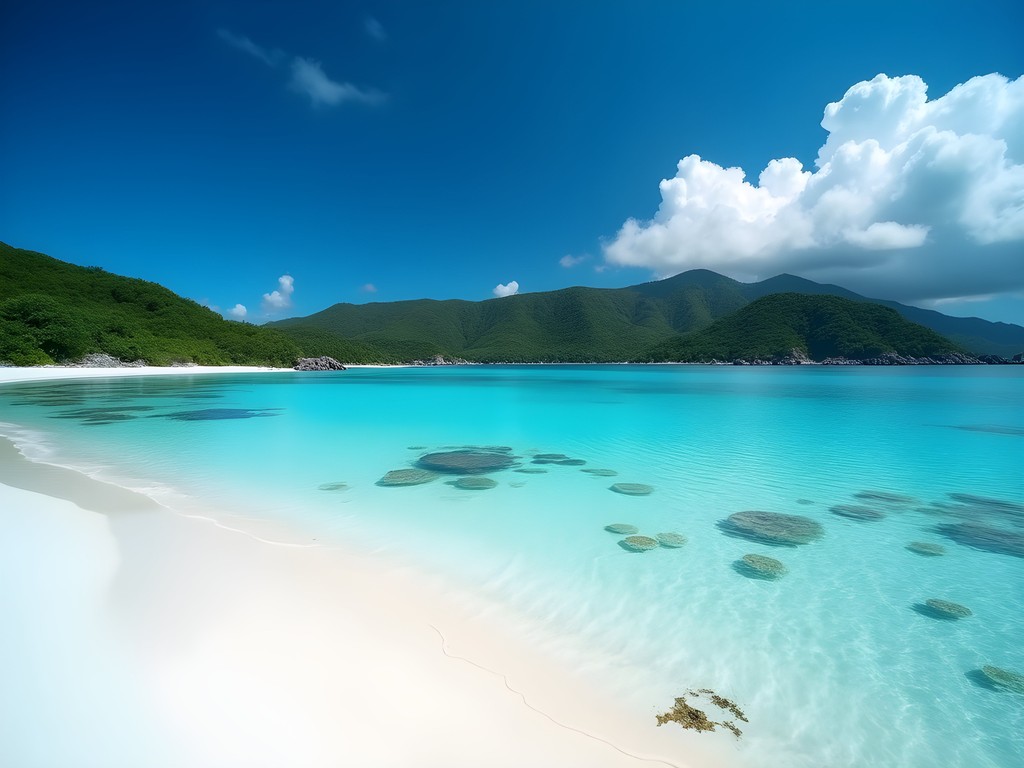
💡 Pro Tips
- Check ferry schedules carefully—service to Zamami is limited to 2-3 departures daily
- Bring reef-safe sunscreen as regular sunscreen is prohibited to protect coral
- Pack a lightweight dry bag for island-hopping with electronics
Miyako and Yaeyama: Japan's Final Frontier
For travelers willing to venture further, the Miyako and Yaeyama island groups represent Okinawa's final frontier. A one-hour flight from Naha to Miyako revealed Yonaha Maehama Beach—consistently ranked among Japan's best beaches and for good reason. The 7-kilometer stretch of powder-soft sand meets shallow turquoise water so clear you can see your shadow on the seafloor.
On Miyako, I discovered my preference for staying at traditional minshuku guesthouses, where owners shared local knowledge no guidebook could provide. My host directed me to Sunayama Beach, distinguished by its natural limestone arch framing the ocean view. Arriving at 7am meant I had this photogenic spot entirely to myself for an hour.
The most memorable experience came on Taketomi Island in the Yaeyama group. This preserved traditional Ryukyu village island is small enough to circle by bicycle in under an hour. Kondoi Beach on the western shore offers spectacular snorkeling, but the true magic happens at Kaiji Beach with its star-shaped sand—actually tiny exoskeletons of marine organisms that wash ashore.
For beach picnics across these remote islands, my insulated cooler bag maintained perfect temperature for hours despite the tropical heat. It was particularly useful on Iriomote Island, where I packed lunch for a day exploring mangrove-lined beaches accessible only by kayak.
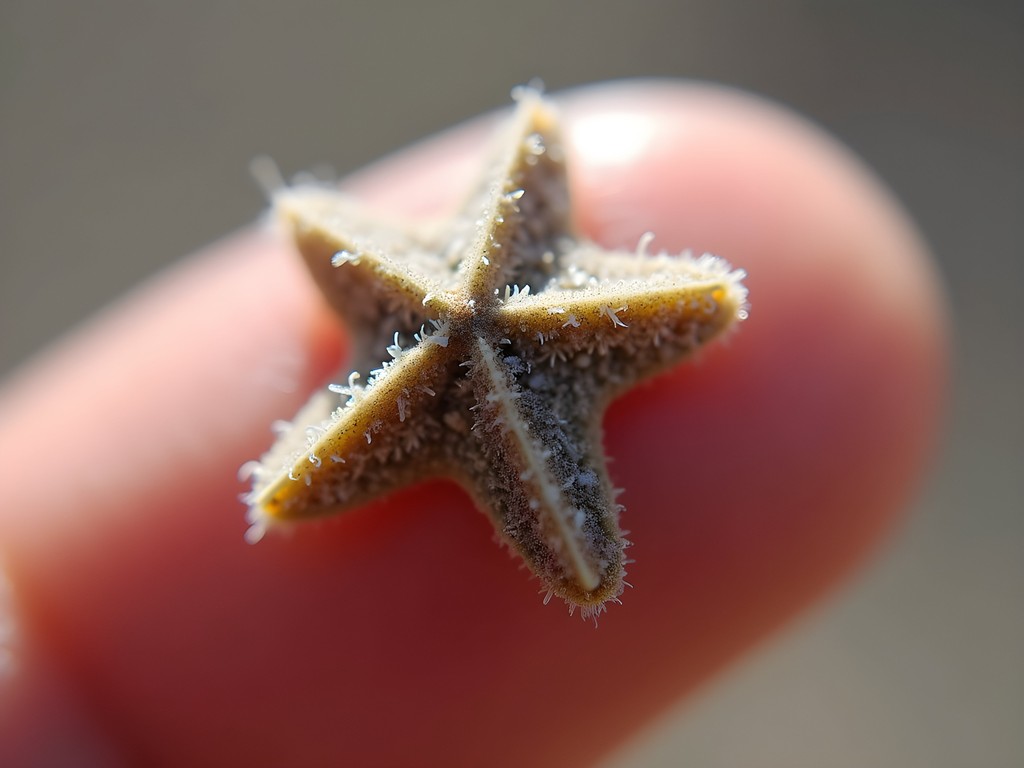
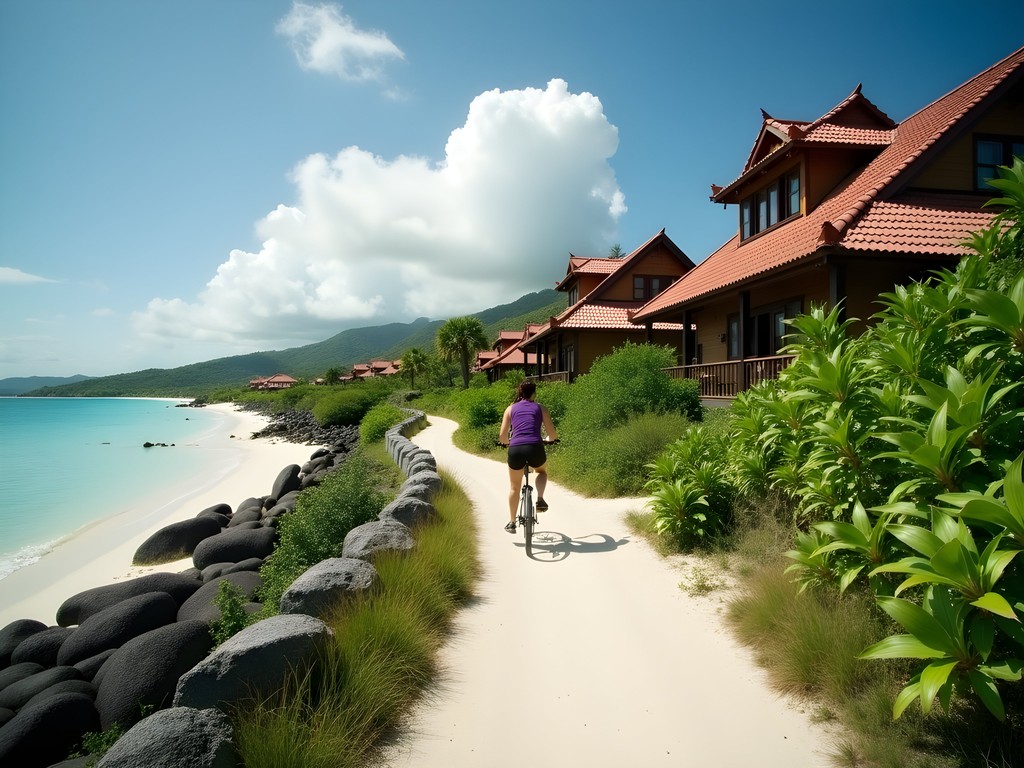
💡 Pro Tips
- Rent a bicycle on Taketomi—the island has no cars and is perfect for cycling
- Star sand is protected—observe but don't collect at Kaiji Beach
- Book accommodations well in advance for Yaeyama islands as options are limited
Cultural Immersion: Beyond the Beaches
While Okinawa's beaches are the main attraction, understanding the distinct Ryukyu culture enhances the experience. Unlike mainland Japan, Okinawa was once the independent Ryukyu Kingdom with its own language, cuisine, and traditions—many of which survive today.
Between beach visits, I explored local markets and sampled Okinawan specialties like goya champuru (bitter melon stir-fry) and umibudo (sea grapes). The pocket translator I carried helped bridge communication gaps with elderly villagers who spoke more Okinawan dialect than standard Japanese.
On Taketomi, I witnessed traditional music performances featuring the sanshin (a three-stringed instrument similar to a banjo). The island's preserved architecture with coral stone walls and red-tiled roofs provides a glimpse into traditional Ryukyuan village life.
The most moving cultural experience came from visiting Okinawa's peace memorials. The island suffered devastating losses during WWII, and these sites offer somber reflection on the region's complex history. Understanding this context made me appreciate even more deeply the warmth and resilience of Okinawan people I encountered throughout my journey.
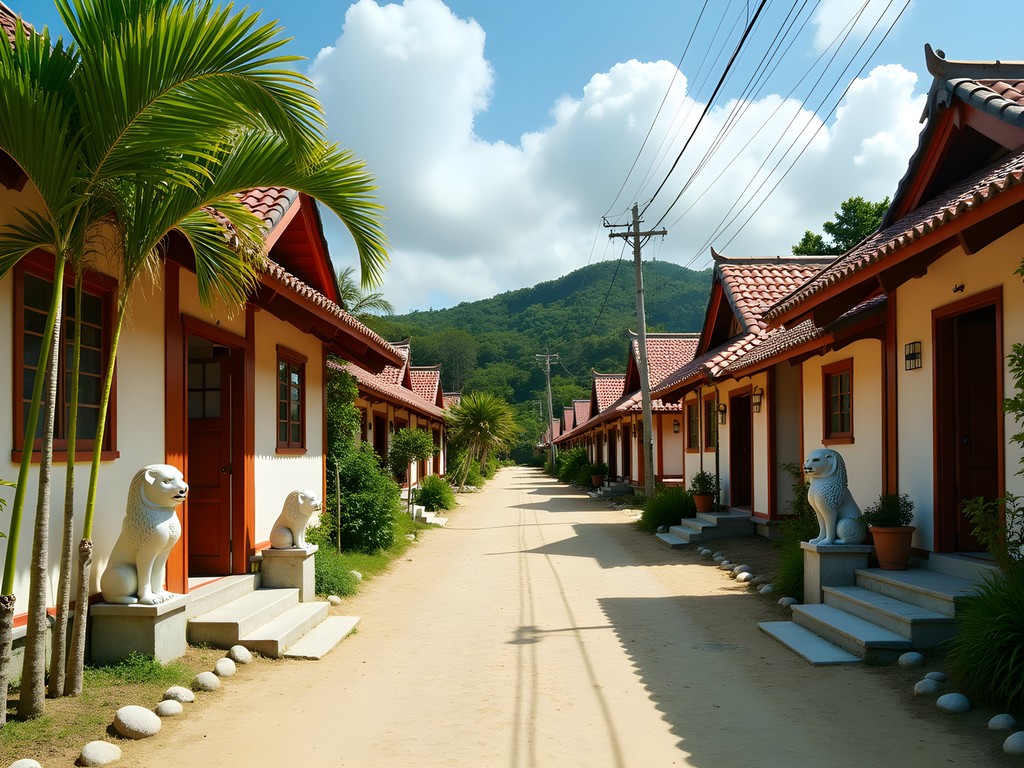
💡 Pro Tips
- Try awamori, Okinawa's traditional distilled rice spirit, at local izakayas
- Look for yachimun pottery workshops where you can purchase authentic Okinawan ceramics
- Learn a few basic Okinawan phrases—locals appreciate the effort
Final Thoughts
As I've discovered through decades of investigations and now in my travels, the most valuable findings often lie just beyond where most people stop looking. Okinawa's hidden beaches exemplify this truth. While tourists cluster at the handful of beaches mentioned in popular guidebooks, countless pristine shores remain relatively untouched across this archipelago.
What makes these islands special isn't just the postcard-perfect scenery, but the way beach culture intertwines with Okinawa's unique heritage. The unhurried pace, the genuine interactions with islanders, and the sense of discovery when finding your own perfect stretch of sand—these are the true souvenirs of an Okinawan adventure.
As you plan your own journey through these islands, remember that flexibility is key. Weather can change ferry schedules, and some of the most magical moments come from unexpected detours. Pack light, bring cash for remote islands, and most importantly, bring the patience to slow down and experience island time. After all, the best beaches aren't just found—they're experienced, one gentle wave at a time.
✨ Key Takeaways
- Base yourself in Naha before island-hopping to more remote locations
- Rent a car on the main island but use bicycles on smaller islands
- Visit during May-June or September-October for ideal weather without peak crowds
- Bring sufficient cash for smaller islands with limited banking facilities
- Allow extra days in your itinerary for weather-related transportation changes
📋 Practical Information
Best Time to Visit
May-June or September-October (avoiding rainy season and typhoon season)
Budget Estimate
¥15,000-25,000 ($100-175) per day including accommodations, food, transportation and activities
Recommended Duration
7-10 days minimum to experience multiple islands
Difficulty Level
Moderate (Requires Planning For Inter-Island Transportation)

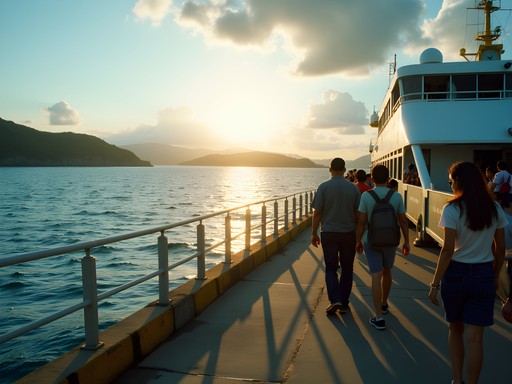






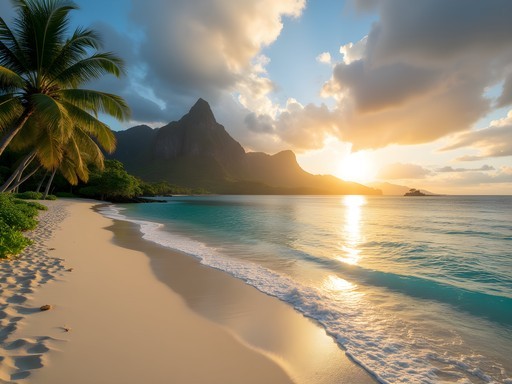
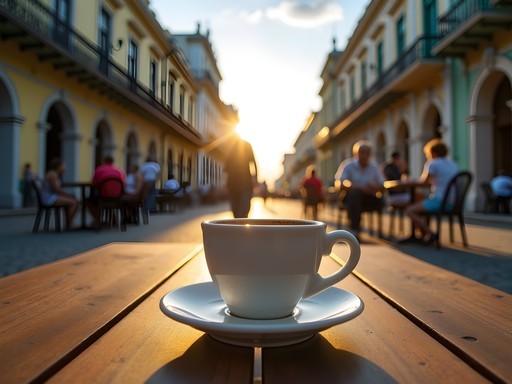
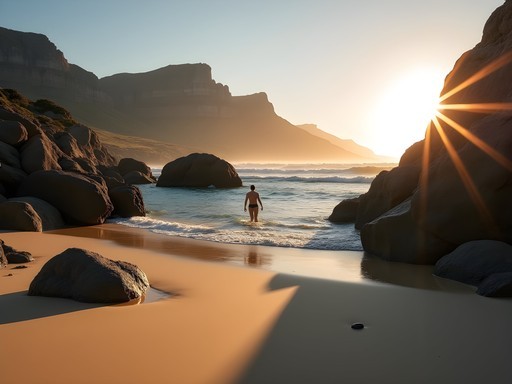
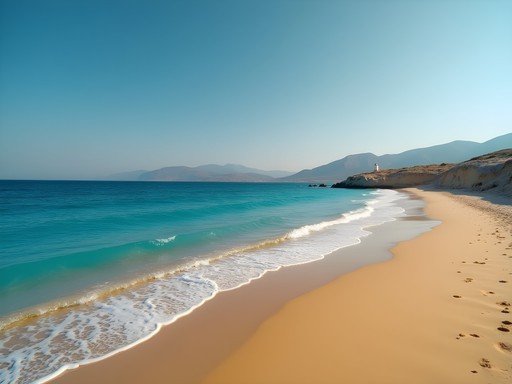
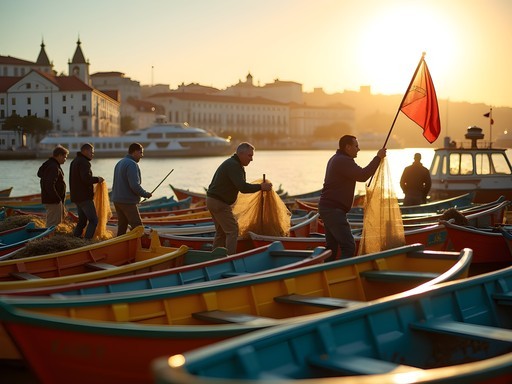

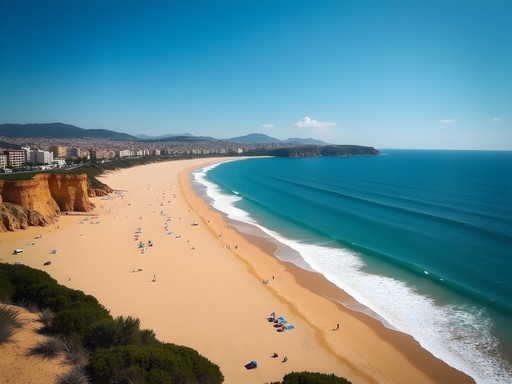

Comments
island_hopper22
Those beaches look insane! Adding to my bucket list ASAP.
Casey Andersson
Yuki, your investigator's eye for detail really shows in this guide! I just returned from Okinawa last month and followed a similar island-hopping route. The Kerama Islands were absolute magic - that blue water is unlike anything I've seen anywhere else in Asia. One tip for luxury travelers: splurge on the private beach villas on Miyako. We stayed at one with a private cove access and it was worth every yen. The snorkeling right off our deck was incredible - saw more sea turtles there than on organized tours! I also rented a underwater camera which was perfect for capturing the coral gardens. Your section on Yonehara Beach was spot-on - it's definitely the hidden gem of Ishigaki.
beach_dreamer55
Those private villas sound amazing! Were they crazy expensive?
Casey Andersson
Definitely a splurge, but not as bad as similar experiences in Maldives or Bora Bora. Worth saving for if you can!
happybuddy
This looks amazing! I'm planning to visit Okinawa in October - how difficult is it to get between the islands? Is there a ferry pass or something I should look into?
Yuki Hicks
Hi happybuddy! There's no comprehensive ferry pass, but most inter-island ferries are reasonably priced. For Kerama Islands, the ferries from Tomari Port are frequent and affordable. The more remote you go (like Yaeyama), flights become necessary. October is perfect timing - typhoon season winding down but still warm enough to swim!
happybuddy
Thanks Yuki! That's super helpful. Any specific beach on Kerama you'd recommend for a first-timer?
Yuki Hicks
Definitely Furuzamami Beach on Zamami Island - it's accessible but still feels secluded. The snorkeling there is incredible too!
dreammate
These beaches look incredible! The water is so blue! Adding Okinawa to my dream destinations right now.
luckyway
It really is that blue! No filter needed. Just be prepared for crowds if you only visit the main island beaches. The outlying islands Yuki mentions are where the real magic happens.
wanderpro
Your investigator background definitely shows in how you uncovered these hidden spots! The photos of Kerama Islands are unbelievable. Is the snorkeling as good as it looks?
Yuki Hicks
The snorkeling is even better than the photos suggest! Particularly around Zamami and Tokashiki. If you go, try to get to Furuzamami Beach early morning before the day-trippers arrive from Naha.
Taylor Moreau
Excellent guide, Yuki. Your investigative background certainly gives you a unique perspective on travel! I've been visiting Okinawa regularly for business since 2020, and the contrast between the developed main island and the outer islands is striking. For those planning a visit, I'd add that renting a car on Okinawa Honto is almost essential for reaching those hidden beaches you mentioned. However, on the smaller islands like Zamami or Aka, a bicycle is all you need. I always travel with my compact binoculars which have been invaluable for spotting sea turtles from the cliffs on Zamami. The Yaeyama islands deserve their own trip entirely - the indigenous culture there is fascinating and quite distinct from mainland Japan.
starwalker
Those beach photos are incredible! Going to Okinawa next month, can't wait!
Yuki Hicks
Thanks! You'll have an amazing time. If you can only visit one of the outer island groups, I'd pick the Kerama Islands - easier to reach but still incredibly pristine.
starwalker
Perfect timing - just finalizing our itinerary now. Any specific beach on Kerama you'd recommend for snorkeling?
Yuki Hicks
Furuzamami Beach on Zamami Island is absolutely spectacular for snorkeling. The coral starts just a few meters from shore!
beachhero
Just got back from Okinawa after reading this guide! Miyako Island was everything you said it would be, Yuki. We rented snorkel gear and spent days exploring those coral reefs. The visibility was incredible - saw at least 6 sea turtles! One thing I'd add for anyone planning a trip: the sun is INTENSE. We got burned badly on day 1 even with regular sunscreen. Ended up buying those full-body rash guards the locals wear. Smart move. Also worth noting that some of these hidden beaches have zero facilities, so pack accordingly. Thanks for pointing us toward Yonaha Maehama Beach - definitely one of the best beaches I've ever seen anywhere in the world.
Jean Wells
I appreciate how this post highlights the lesser-known beaches. As someone who's lived in Japan for 25+ years, I've watched Okinawa's popularity grow exponentially. For those planning a visit, I'd add that timing is crucial - avoid Golden Week (late April/early May) and Obon (mid-August) when Japanese tourists flood these areas. Late June can offer better prices and fewer crowds, though it's the start of rainy season. The northern beaches of Okinawa Honto remain my favorite escape from Yokohama's humidity - particularly the coastline near Ada, which even many Japanese visitors overlook.
Yuki Hicks
Great point about timing, Jean! I completely agree about Ada - that whole northern peninsula feels like stepping back in time. Did you ever make it to Ie Island? That's another hidden gem just off the main island's coast.
Jean Wells
Yes! Ie Island is wonderful. I stayed at the small minshuku near Gusukuma Beach last year. The island's lily festival in April is spectacular if you can time your visit right.
travellife
Going to Okinawa next month for a week. Is it realistic to visit multiple islands in that timeframe? Which would you prioritize if time is limited?
Taylor Moreau
Not the author, but I've been to Okinawa three times for business and always extend my stay. With one week, I'd suggest 3 days on the main island, then 4 days split between Zamami (Kerama) and either Miyako or Ishigaki. Don't try to see everything - the pace is slower there for a reason! Make sure to book accommodation in advance as the best small guesthouses fill up quickly, especially on the smaller islands.
travellife
Thank you so much! That's really helpful. I'll look into Zamami for sure.
Venture X
Premium card with 2X miles, $300 travel credit, Priority Pass